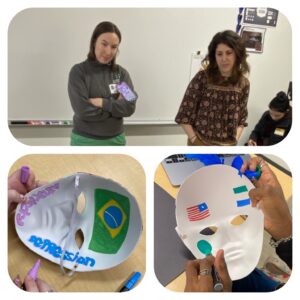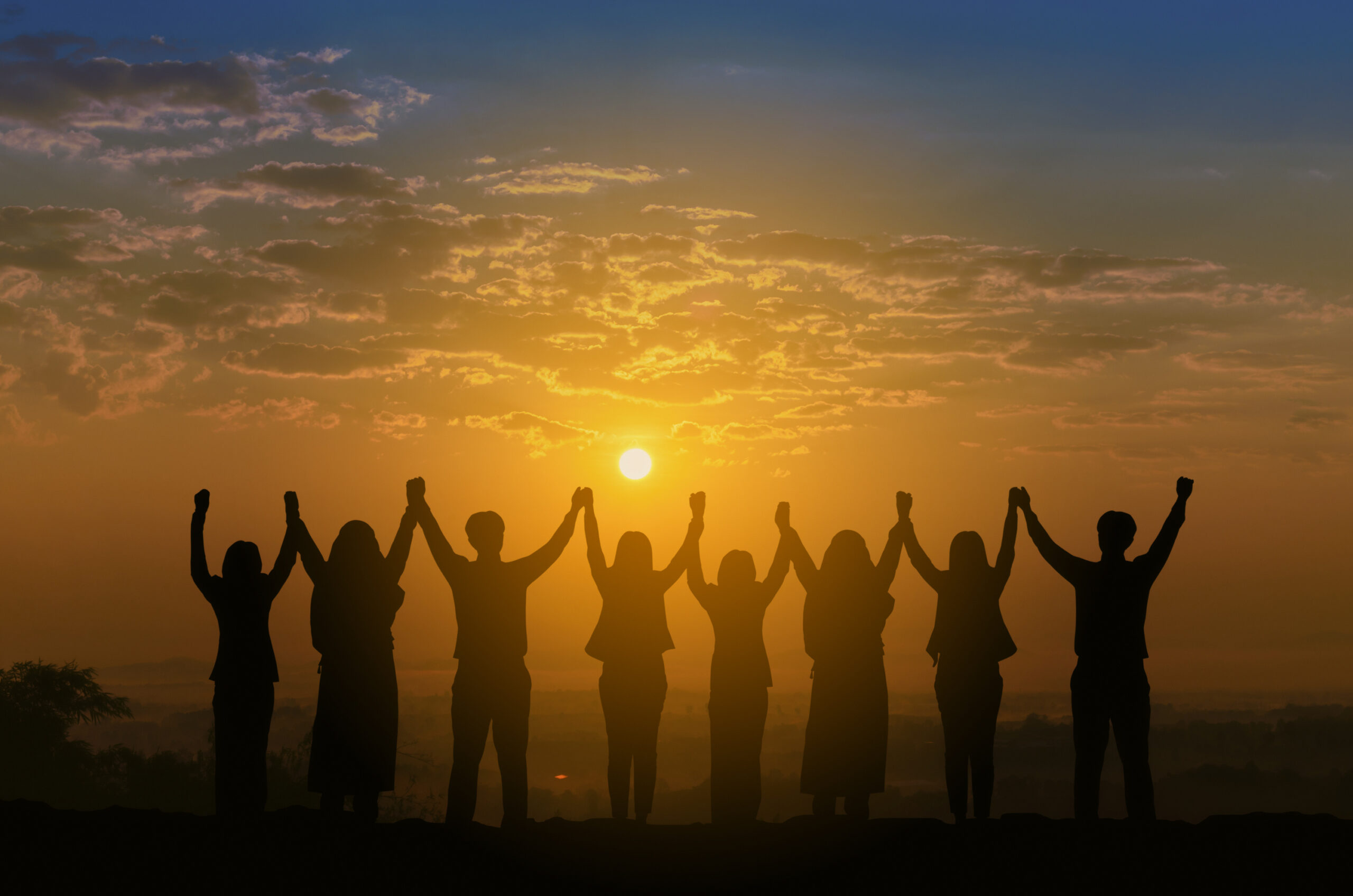By Joanna Tzenis, Ph.D., adapted by, Karen Shirer, Ph.D.,
Supporting youths’ education and career pathways requires more than ensuring they do well in school. Belonging provides the foundation for young people’s educational success. What does belonging look like in Youth Development Programs (YDPs) and schools?
Consider your experience as a pre-teen and teenager in extracurricular activities or YPDs. How many of you thought about the feeling of belonging these activities gave you?
These extracurricular activities likely led you to a thriving future in your work and life. Today, YDPs occur in both school and informal settings (eg., after-school programs). YDPs that promote belonging often engage the community to design these programs.
Here, I define belonging as being accepted as part of a community (eg., school or YDP), feeling safe within it, and having a stake in the community’s future (Anthias, 2006. P. 21).”
This blog post describes two examples of what belonging looks like in schools and YDPs. Both come from the 4-H Portraits of the Home project that engages youth as researchers. Young people join researchers, youth workers, community leaders, school administrators, and teachers to carry out the research. The project’s aim* focuses on helping youth understand how they experience belonging in their community. Arts-based, experiential learning activities are being tested as an approach to foster belonging, trust, and empathy among students.
Social Anxiety Keeps Young People from Being Their Authentic Selves in School

Johanna Tzenis 4H Social Emotional Mask Project
Research suggests that when young people have anxiety, their ability to learn diminishes. Research also suggests that having empathy and awareness of others’ emotions improves youths’ abilities to do well in school.
Using an activity from the Social Emotional Learning Toolkit, young people interviewed a peer and then decorated the outside of a mask with what they believed described their peer. Then, each youth decorated the inside of the mask made by the peer to express their authentic self.
When reflecting on the activity, the youth said that “social anxiety” in high school keeps them from letting others know much about them. A young person reflected: “The more you share [about yourself], the more it can be used against you.” Another young person said his inside self is full of “cracks” that he does not want anyone to know about.
The process of making the masks helped young people to reflect on their identities and to share with their peers – people they barely know – that they experience anxiety. They learned how they wear a mask to keep themselves emotionally safe in school.
Fear of Harassment Keeps Young People from pursuing their Academic Interests
Young people thrive when they engage in learning that centers on their interests, joys, and sparks. But some youth cannot freely access these critical learning opportunities due to fear of harassment.
In an activity adapted from the WeConnect: A Global Youth Citizenship Guide, one young person wrote this line in a poem: “I will limit myself if it keeps me safe.” When reflecting on it, they explained that they were “visibly queer” and people “harass me in the hallway.” They described the experience as “very scary.” This young person went on to say they do not pursue classes like science because they “do not belong” there.
Writing a poem facilitated a process of honest self-reflection and self-expression for this young person. They could see how harassment affected their abilities to pursue academic interests and take steps to manage their fear.
What Does This Mean for Practice?
These examples show how youth-centered, participatory activities (the hallmark of youth programs) in school settings can help young people explore their identities, interests, and aspirations. They also underscore the fundamental importance of creating learning conditions that emphasize belonging and support youth to be their authentic selves.
Our research team hopes to identify more resources, models, and tools that educators can use to increase belonging in schools and beyond. What are some practices or tools you have used to create spaces of belonging?
Upcoming OneOp Opportunities
Webinar Series| Military Youth: Protecting and Promoting Resilience and Well-Being | This four-part webinar series brings together prominent family and youth development experts to share insights on protecting and promoting the resilience and mental well-being of military-connected youth.
Webinar Series | Collaborative Connections: Working Together for Military-Student Success | This four-part series will focus on the skills needed by professionals working with military-connected students ages 5-22 and their families to successfully collaborate with one another, engage with families, and leverage military and civilian community resources to support each family and their individual needs.
*The 4-H Portraits of Home is a photovoice youth program and study that supports young people in exploring their sense of belonging, connection to others, and imagination for a thriving future in their rapidly diversifying and growing community. This is done in collaboration with the College of Education and Human Development’s Department of Organizational Leadership, Policy, and Development.
The program is supported by funding from the UMN Office for the Vice President of Research and the Laura Jane Musser Foundation. Project team members include Co-P.I. Dr. Joan DeJaeghere, Co-P.I., Dr. Joanna Tzenis, Erma Mujic, Zhuldyz Amankulova, Ashley Purry, Michael Winikoff, Dr. Heidi Fahning, and Sarah Odendahl.
About the Author:
 This blog was written by Joanna Tzenis, Ph.D., a University of Minnesota Extension specialist in education and career pathways
This blog was written by Joanna Tzenis, Ph.D., a University of Minnesota Extension specialist in education and career pathways
Photo source: Adobestock















